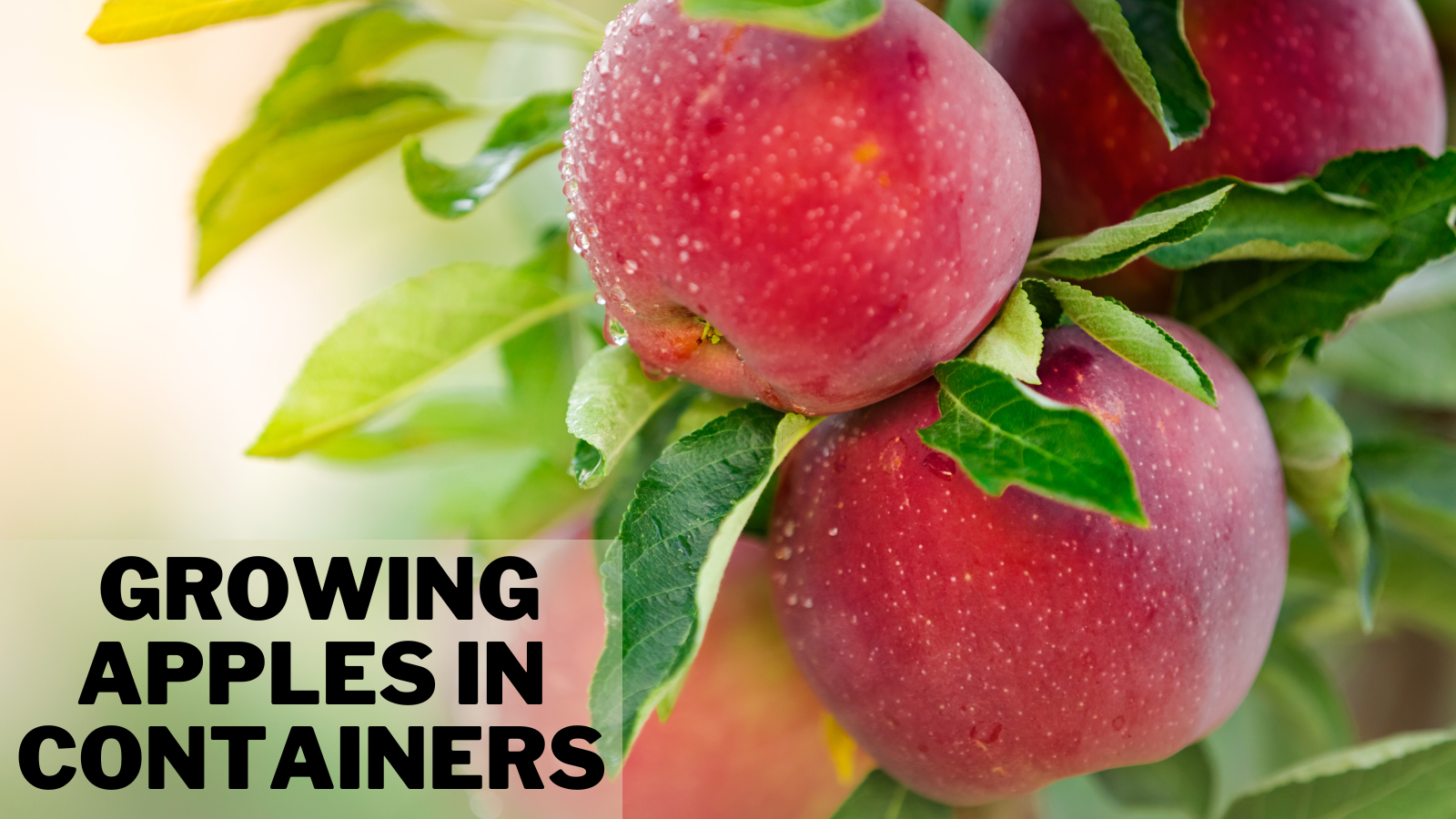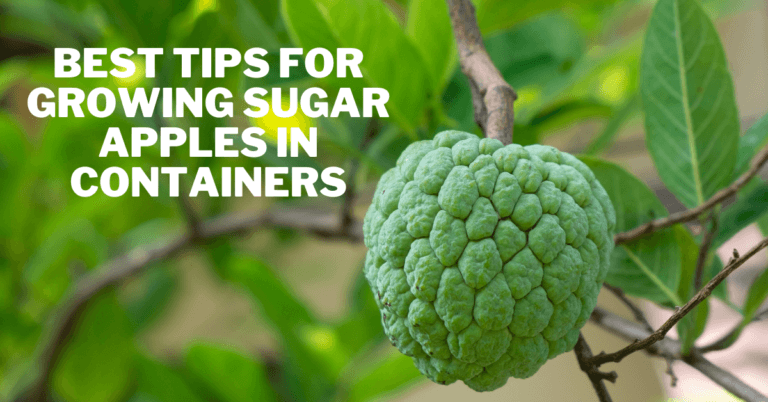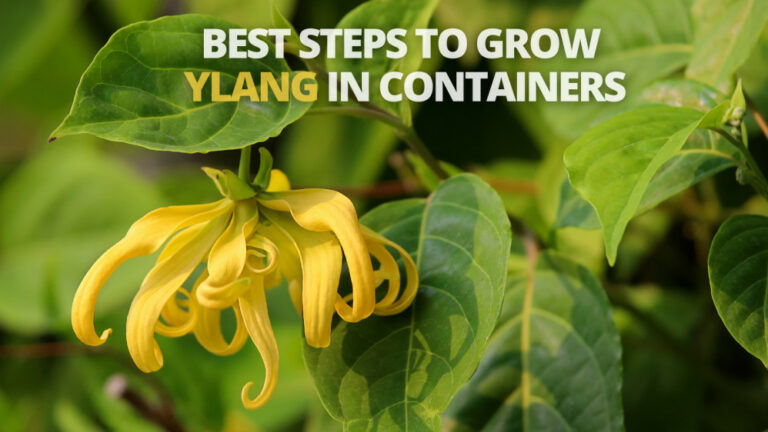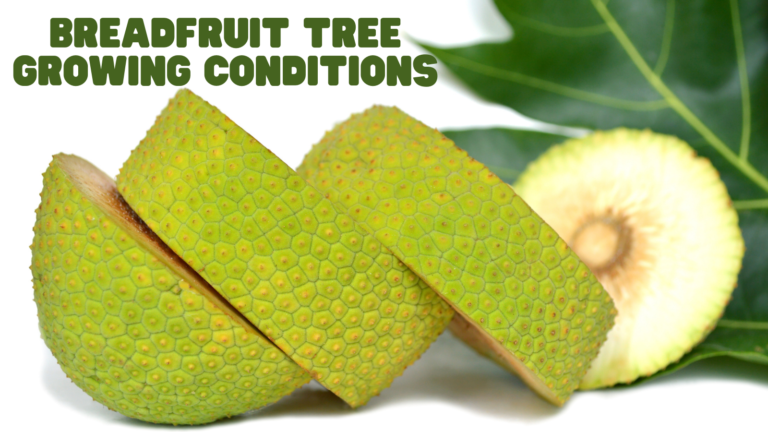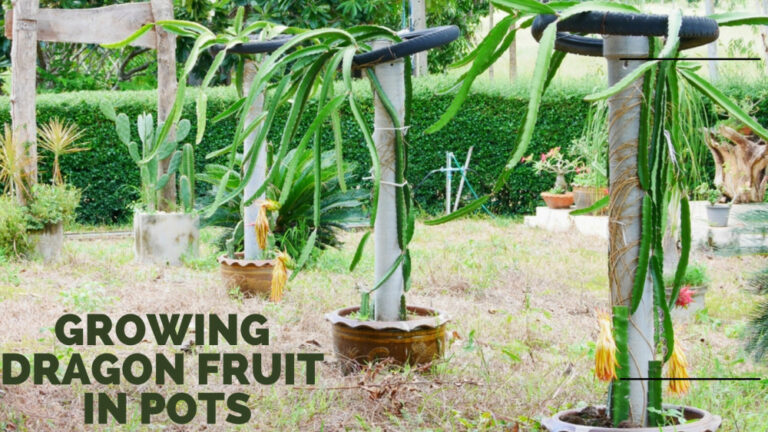11 Steps Of Growing Apples In Containers
11 Steps Of Growing Apples In Containers
Every day, an apple keeps the doctor away. Apples are a fruit that is both nutritious and delicious. As a result, it is one of the most popular fruits on the planet.
It is not difficult to grow an apple tree if you know how to care for it. Apples can be planted in pots or gardens. If you wish to grow apples in containers, read the instructions below on how to do so.
We strongly advise against starting an apple tree from seeds if you wish to nurture it for its fruit. Seeds require a lot of space to grow, and it's very likely that if you grow your tree from seeds, it won't bear fruit. I hope the blog will help you grow apples in containers. So stay tuned…
Nutrition Facts About Apples
Here are the nutritional values for 100 grams of one medium-sized raw, unpeeled apple:
- Calories: 52
- Water: 86%
- Protein: 0.3 grams
- Carbs: 13.8 grams
- Sugar: 10.4 grams
- Fiber: 2.4 grams
- Fat: 0.2 grams
Health Benefits Of Apples
1. Maintains Cholesterol Levels
Pectin, a natural fibre found in plants, is found in apples. According to a new study published in the European Journal of Nutrition, eating pectin-rich whole apples showed a cholesterol-lowering effect in healthy participants compared to apple juice.
According to a study published in the Journal of the Academy of Nutrition and Dietetics, consuming 75 grams of dried apple (about two apples) helped postmenopausal women lower their cholesterol levels.
2. Helps To Lose Weight
Apples are a weight-loss-friendly food due to their high fibre and low-calorie levels.
As a result, eating apples may help you lose weight over time by lowering your daily calorie consumption.
Throughout 12-week research, women who were advised to eat 1.5 large apples (300 grams) per day dropped 2.9 pounds (1.3 kg).
As a result, this fruit could be a good addition to a weight-loss diet, especially if consumed in between or before meals.
3. Reduce The Risk Of Cancer
In numerous test-tube and animal studies, Apple phytonutrients have been shown to protect against lung and colon cancers. Human studies may also provide some evidence.
According to one study, people who ate one or more apples per day had a lower risk of cancer, with a 20 percent and 18 percent lower risk of colorectal and breast cancers, respectively.
4. Protect Against Blood Sugar
Apples have a low glycaemic index (GI) due to their high fibre content. This, paired with its high flavonoid content, may help with weight loss and diabetes prevention by boosting insulin sensitivity.
5. Prevent Asthma
Apples are high in antioxidants, which may help protect your lungs from oxidative damage.
Oxidative damage is caused by an excess of damaging chemicals known as free radicals. This may cause your body to react in an inflammatory and allergic manner.
The antioxidant quercetin in apple skin can help regulate your immune system and prevent inflammation. This could make apples useful in the late stages of bronchial asthma responses.
According to test-tube and animal research, Quercetin may be a good treatment for allergic inflammatory disorders like asthma and sinusitis.
Other substances in apples, such as proanthocyanidins, may also help to lessen or prevent allergic asthma airway inflammation. More human research on the subject is still required.
6. Improve Bone Health
Consuming fruits and vegetables is linked to higher bone density and better bone health. Apples, in particular, may assist in minimizing the amount of calcium lost from the body and hence boost bone strength, according to the findings of a study on healthy women.
7. Improve Brain Health
Apples include quercetin, which may protect your brain from oxidative stress.
The antioxidant actions of quercetin have been shown in rats to protect the brain and nerves from oxidative damage and to prevent injuries that can lead to degenerative brain disorders such as Alzheimer's disease and dementia.
By modulating oxidative and inflammatory stress indicators, Quercetin may also protect nerves from stress-related nerve injury.
However, remember that most studies focus on a single chemical rather than whole apples. As a result, more research is required before any conclusions can be reached.
8. Promote Gut Health
Pectin, a form of fiber that works as a prebiotic, is found in apples. This means it nourishes your gut microbiota, which is comprised of beneficial bacteria.
Your gut microbiota plays an important role in your general health and well-being since it involves numerous functions connected to health and disease. A healthy stomach is frequently necessary for good health.
Because dietary fiber cannot be digested, pectin reaches your colon undamaged, allowing healthy bacteria to flourish. It enhances the Bacteriodetes to Firmicutes ratio, one of the most important bacteria ratios in the gut.
According to new research, apples may help protect against chronic diseases such as obesity, type 2 diabetes, heart disease, and cancer by modifying your gut microbiome in a good way.
Apple Varieties
There are about 7,500 different apple tree kinds on the globe. Red Delicious, Gala, Granny Smith, Golden Delicious, Lady, Baldwin, McIntosh, Honey Crisp, Fuji, and Cortland are the most prevalent apple kinds worldwide.
Now, I’m sharing some popular apple varieties so that you can find the perfect variety for your home garden.
1. Arkansas Black Apple
The variety is perfect for Zones 4-8. If there were a contest for “Coolest Apple Name,” the Arkansas Black would win. Fortunately, the tree is a hardy and fast-growing plant.
Cooking with an almost-black exterior and golden meat is ideal, but the rough fruit can be difficult to eat. Brighter Blooms sells four- to five-foot and five- to six-foot trees on Amazon.
2. Early Harvest Apple
Early harvest apple is perfect for Zones 3-8. These apples are firm and crisp and bear fruit early in the season.
The fruit can be stored in the refrigerator for several weeks, but like other apples, it is best eaten fresh. When pollinated by white-flowering crabapples, ‘Early Harvest' thrives.
3. Gravenstein Apple
The variety is perfect for Zones 2-9. If you prefer your apple tart, this might be the one you've been waiting to pucker up with.
The ‘Gravenstein,' a native of Denmark, is a wonderful apple for sauces and cider. Because the fruit ripens unevenly, it's best to pick them frequently.
4. Fuji Apple
The variety is perfect for Zones 6-9. The Fuji, a Japanese cultivar derived from American stock, is a perennial favourite for fresh dining.
The Fuji apple tree does not tolerate drought. Early September is the best time to harvest. If refrigerated, it can be kept for up to six months.
5. Lodi Apple
The variety is perfect for Zones 3-8. They tend to bear fruit earlier than many other cultivars, which is advantageous if you want to start eating homegrown fruit before the fall. Tree height can be 10-25”.
6. Macoun Apple
The variety is perfect for Zones 4-7. The Macoun, which has a whimsical name, is another cultivar that rivals the flavour of the McIntosh with highly delicious fruit.
In terms of optimal growing circumstances, it can be a little pickier than other cultivars, preferring especially deep and well-draining soil. However, the fruit it produces compensates for its pickiness.
7. Granny Smith Apple
The variety is perfect for Zones 6-9. The fruit is best picked in October, but this cultivar thrives in warmer climates than most cultivars. Tree height can be 18-20’ long.
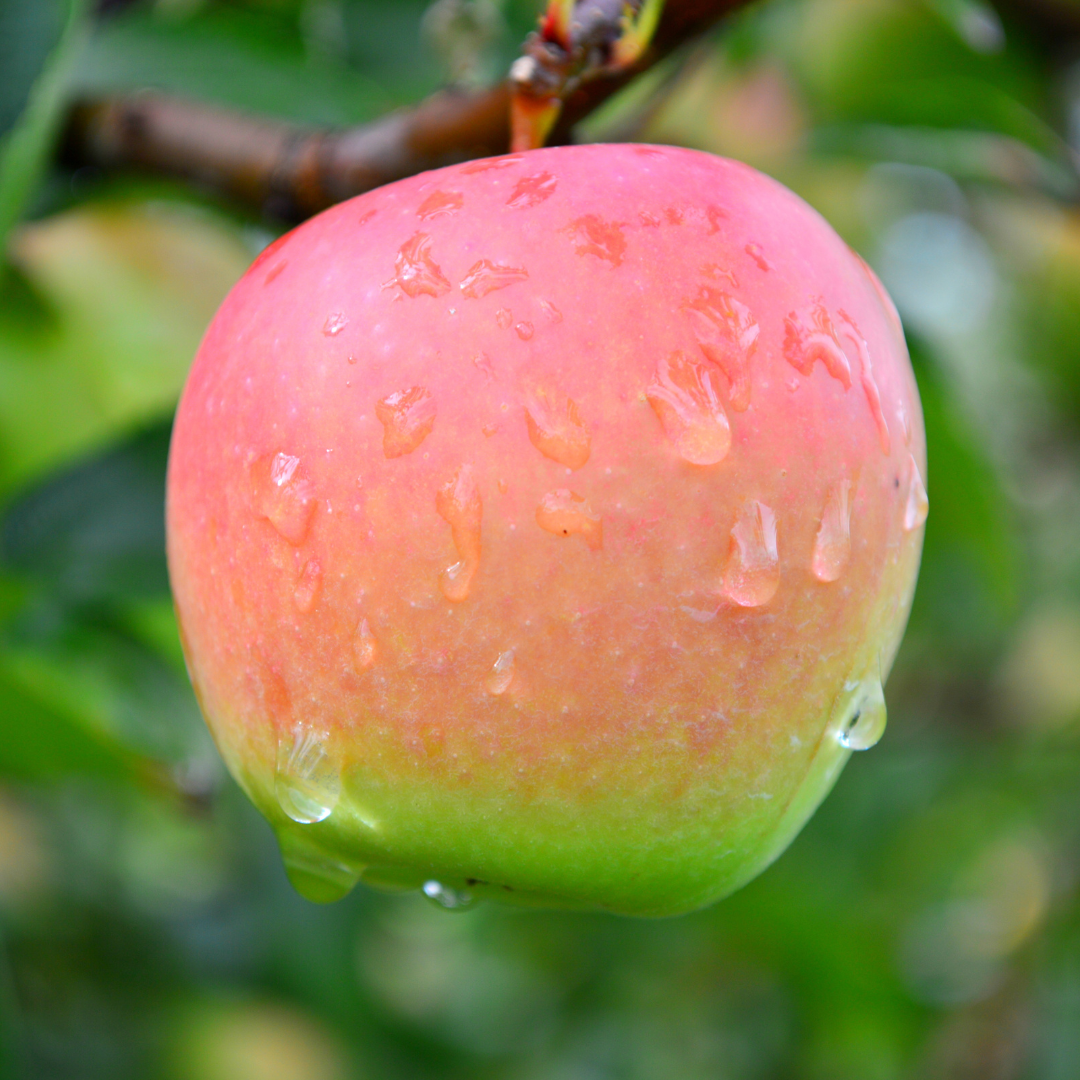
8. Jonagold Apple
The variety is perfect for Zones 5-8. The Jonagold, with its memorable name and gorgeous look, has a well-balanced flavour.
When eaten raw, the gorgeous fruit is tasty, and the lovely white blooms are simple to enjoy. The tree can be 12-15’ tall.
Growing Apples In Containers
Now, I’ll share all the steps of growing apples in containers.
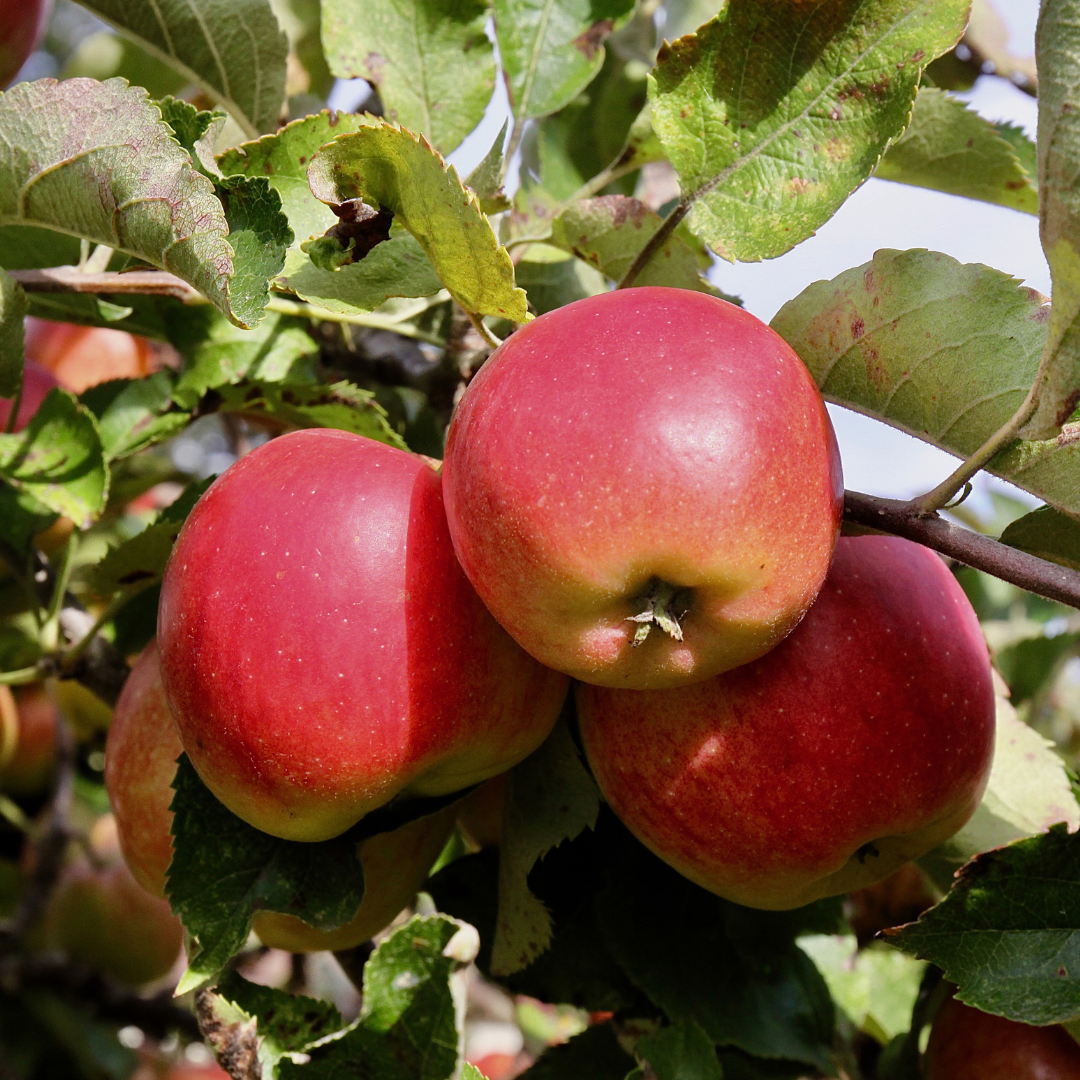
Step 1: Selecting The Appropriate Apple Tree
It is not a good idea to start an apple tree from seed. Rather, purchase a grafted dwarf or semi-dwarf tree from a nursery.
There are a few things to consider while selecting an apple tree for your property. Apple trees are propagated via grafting on a rootstock, which has numerous advantages.
Dwarf apple trees have dwarf rootstocks grafted on them to manage their height and growth and boost fruit yield and disease and insect resistance.
Look for rootstocks like M27, M26, Bud9, G16, or M9 while visiting a nursery or shopping online.
Apple trees planted on these rootstocks are often small, growing no more than 8 feet tall. You can also search for semi-dwarf trees, which can be grown in containers.
Step 2: Choose The Perfect Container
You can start with a tiny container. For the initial growth of your tree, a 5-6 gallon standard container that is at least 12 inches deep and broad would suffice.
However, to meet your tree's growth requirements, you'll need to move the container and use a larger container every year.
Once your tree's vertical development ceases, which implies it's root bound, transferring it into a larger container is critical.
Many might wonder why we don't just grow it in a big container. Growing a young apple tree in a large container will stunt its development. As a result, gradually increase the size of your container.
You can stop adjusting the container once your tree reaches the required height. You can then use a permanent pot.
A container with a capacity of 20 to 25 gallons would be great. In a year or so, re-pot the young apple tree. After spreading roots from the sides and bottom, repot in a one-size-larger container.
Step 3: Select The Perfect Location
Like other fruit trees, Apple trees prefer to grow in the light. Choose a bright but not too windy site for your potted apple tree.
Move the container to a position protected from the afternoon sun on hot summer days (in warmer regions, USDA Zone 8-9).
Also, ensure plenty of air movement around your apple tree. If you grow it on your balcony or rooftop garden, keep it away from the walls.
Step 4: Requirements For Soil
It is strongly advised that you should not use dirt from your garden. You should get a high-quality, deep, fertile, and well-draining potting mix.
In addition to being slightly acidic, the potting mix should be high in organic matter.
Step 5: Temperature
Apple trees are tough, but they don't appreciate extreme temperatures. As a result, it is preferable to cultivate them at a moderate temperature.
Cold temperatures will not destroy your trees, but they will go dormant. Extreme heat, however, can be lethal, especially if you don't water it often.
Step 6: Watering
Apple trees in pots need to be watered regularly. In general, water is used more often during the creation of flower buds and moderately the rest of the time; irrigation should be reduced in the winter.
To encourage the growth of healthy roots, water deeply. In any event, take care not to overwater the plant.
Root rot, which happens in wet soil and excessive watering, is a common cause of apple tree death in containers. Also, avoid watering the leaves from above, as this encourages the growth of powdery mildew.
Step 7: Fertilizer
This is one of the most crucial hints for growing apples in pots. Apple trees require fertilizing because they are heavy feeders.
Half-strength balanced liquid fertilizer every two weeks when the tree is young. Any fruit fertilizer is recommended as the tree matures. Remember that fertilization should be reduced in the fall and fully stopped in the winter.
Step 8: Pruning Your Apple Tree
Pruning is an important aspect of apple tree maintenance. Dwarf apple trees, on the other hand, require less trimming than semi-dwarf or standard-sized trees.
Pruning is required to keep your plant's shape and size under control. Branches that are dead, damaged, or infected must be clipped from time to time.
Also, trim branches that cross or develop inwards towards the main trunk. Late winter and summer are the finest times to prune.
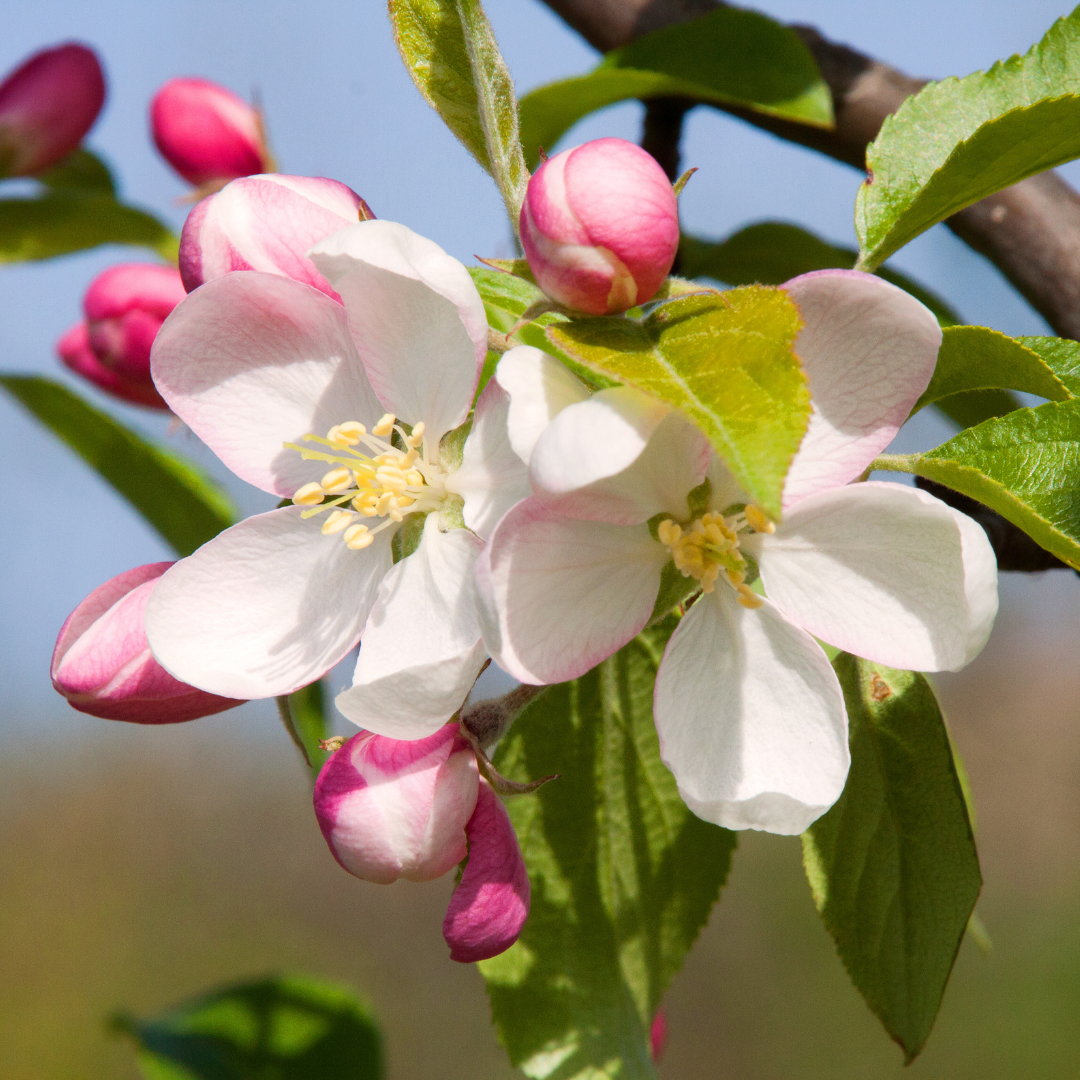
Step 9: Flower And Fruit Pruning
Your tree will begin to bloom after 2 to 3 years of being planted. You must remove all flowering blossoms to keep the tree from developing fruit. As a result, the plant will focus its resources on growing instead of producing fruits.
Fruit thinning is also crucial since it helps your plant produce higher-quality fruits. Wait a few weeks before your plant begins producing fruits before removing any growing too close together.
Step 10: Pollinating The Fruit
Another can only pollinate one apple tree. It's preferable to plant two or more apple trees alongside.
Make sure your trees flower at the same time to ensure pollination. Choose a self-fertile apple tree, like ‘Egremont Russet,' ‘Braeburn,' or ‘Falstaff' if you only have space for one.
Step 11: Harvesting
Harvest slowly and carefully. Harvest your apples at their peak of perfection after all of this pruning and tending.
When the background colour of your apples is no longer green, it's time to pick them.
When the fruit is cupped in your palm and twisted around, then up, the stem should easily separate from the branch (do not yank on the apple).
Because different apple varieties develop at different periods, the harvest season might last from August to October.
Pests & Diseases Of Apples
Apple is a delectable fruit that, unfortunately, does not just appeal to humans. Aphids, grubs, beetles, leafhoppers, mites, and thrips frequently attack apple trees to lay their eggs and feed.
These pests have one thing in common: they deposit their eggs in various places on the tree or fruit, frequently causing stains or holes in the fruit and fruit drop and leaf damage. Curling and yellowing of leaves, as well as skeletonization and defoliation, are all possible effects.
- Powdery Mildew is a significant fungal disease that costs commercial apple farmers a lot of money. Podosphaera leucotricha is a disease that infects flowers, leaves, and fruits, producing fruit deformation and discoloration and a decrease in fruit abundance. In addition, the afflicted tree weakens and becomes more vulnerable to additional threats. Find out more about Powdery Mildew.
- Erwinia amylovora causes Fire Blight, a bacterial illness. It can be found in large numbers in apple orchards with a humid and warm climate. As its name implies, fire blight eventually causes the shoots and branches to seem scorched. It primarily affects new shoots and can only be addressed through trimming when the tree is dormant. Pruning while the plant is actively growing will almost certainly spread the illness.
- Venturia inaequalis is the fungus that causes apple scabs. It mostly damages the leaves, followed by the flowers and fruits. Olive green dots occur on the foliage as the first sign. The dots often become larger, darken, and meld together, giving the leaves a dark brown appearance. The spots form on the fruits after that. Fruits that have been infected turn hard and dark brown, and their flesh typically cracks open, making them unfit for marketing.
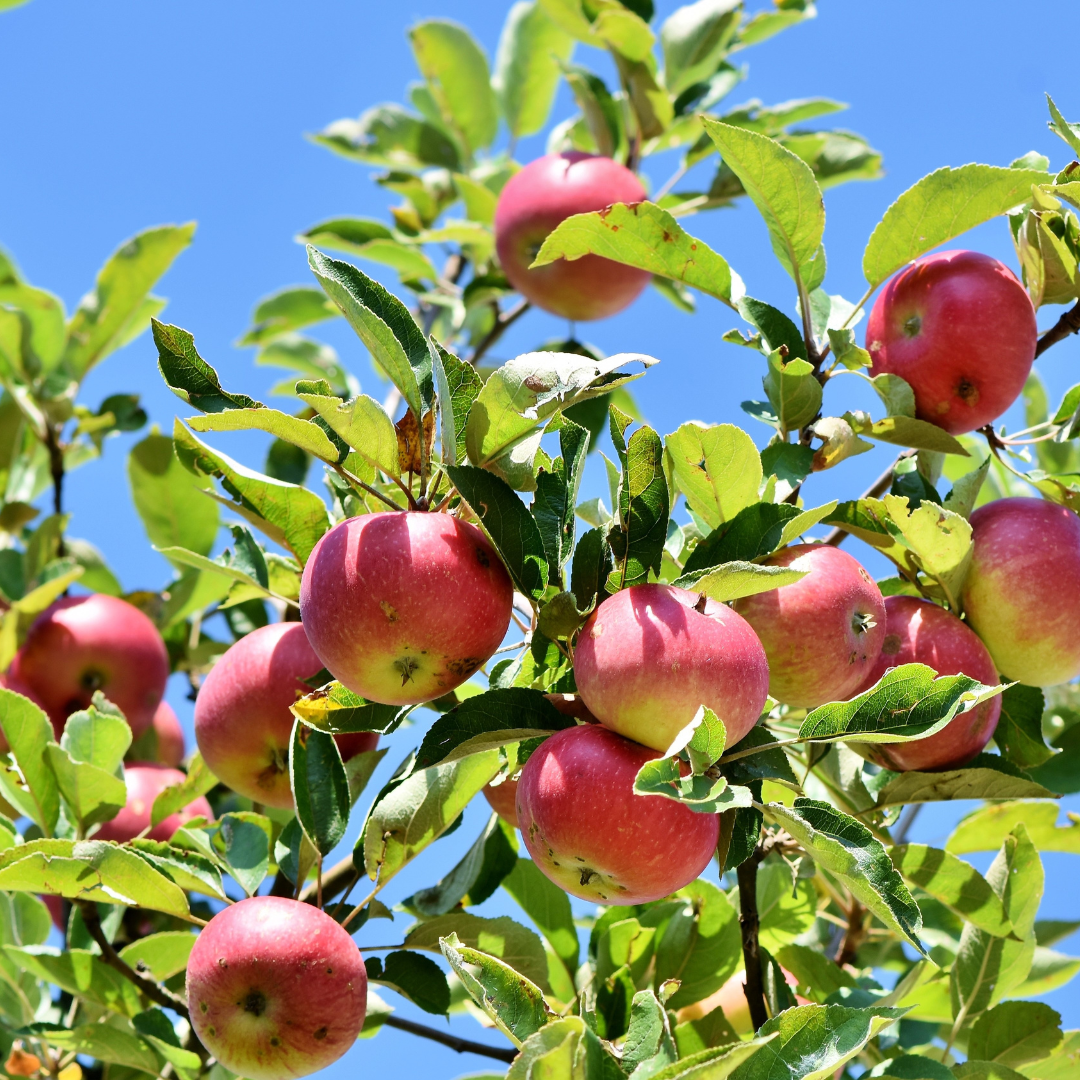
Conclusion
Growing apples in containers is ideal for people with small yards or just a balcony. Apples can be grown in almost all the US Zones. That makes it a perfect fruit for colder climates, too.
I trust you enjoyed this article on the 11 Steps Of Growing Apples In Containers. Please stay tuned for more blog posts to come shortly. Take care!
JeannetteZ
>>>Please click here to read my all-inclusive article about Container Gardening<<<
>>>Are you interested in homegrown herbs and medicine? Please click here to find out more about it!<<<
Your Opinion Is Important To Me
Thoughts? Ideas? Questions? I would love to hear from you. Please leave me your questions, experience, and remarks about this article on the 11 Steps Of Growing Apples In Containers in the comments section below. You can also reach me by email at Jeannette@Close-To-Nature.org.
Disclosure
This post may contain affiliate links. I earn from qualifying purchases as an Amazon Associate and other affiliate programs. Read my full affiliate disclosure.
You might also enjoy these blog posts:
10 Easy Steps Of Growing Raspberries In Containers
Natural Remedies For Everyday Illnesses
Pet Birds That Live A Long Time
Best Gardening Tips For Beginners
Solar Energy vs Nuclear Energy

